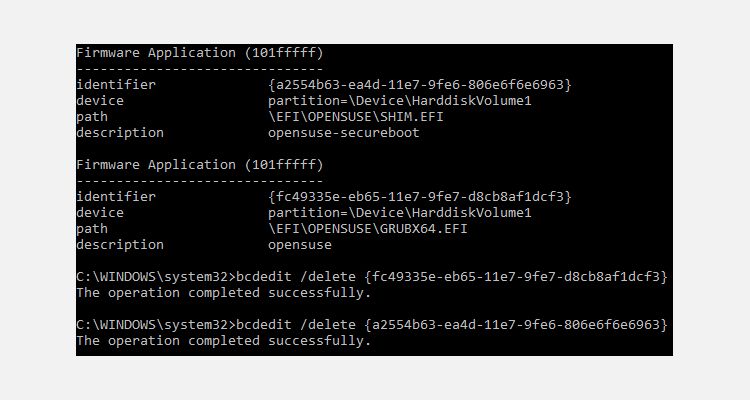


Make this change to both lines of the ARC path, save your changes to BOOT.INI, and exit notepad.Ģ. Next, update the rdisk (0) and partition (1) values to the correct disk and partition numbers. Multi (0) disk (0) rdisk (0) partition (1) \ WINDOWS = "Windows XP Professional" / fastdetect If you do not find a file named BOOT.INI on the boot partition, then save it in notepad and keep it there, calling it "BOOT.INI" (in quotes):ĭefault = multi (0) disk (0) rdisk (0) partition (1) \ WINDOWS You can do it manually, but be extremely careful: one wrong move and the files will be lost. In this case, contact the service center, as deleting the added system files on your own will most likely lead to irreversible consequences and data loss. If you still feel uncomfortable and want to return your old Windows ™ 9x / Me partition to its original state, you have to work hard. And you might end up using all the extra files you never asked for! It is best and safer not to delete this file, but simply change the menu so that only the Microsoft® operating systems you want to load are displayed. You may not like the new OS boot selection menu and want to revert to the previous option. That is, along with the new NTLDR file and other system files of the NT type, you will find the BOOT.INI file, which cannot be easily deleted. As a result, a new OS boot selection menu will appear, which is controlled by the BOOT.INI file. Installing one of these new Windows operating systems (2000 / XP / 2003) without any warning will change the Windows ™ 9x / Me boot record.


 0 kommentar(er)
0 kommentar(er)
